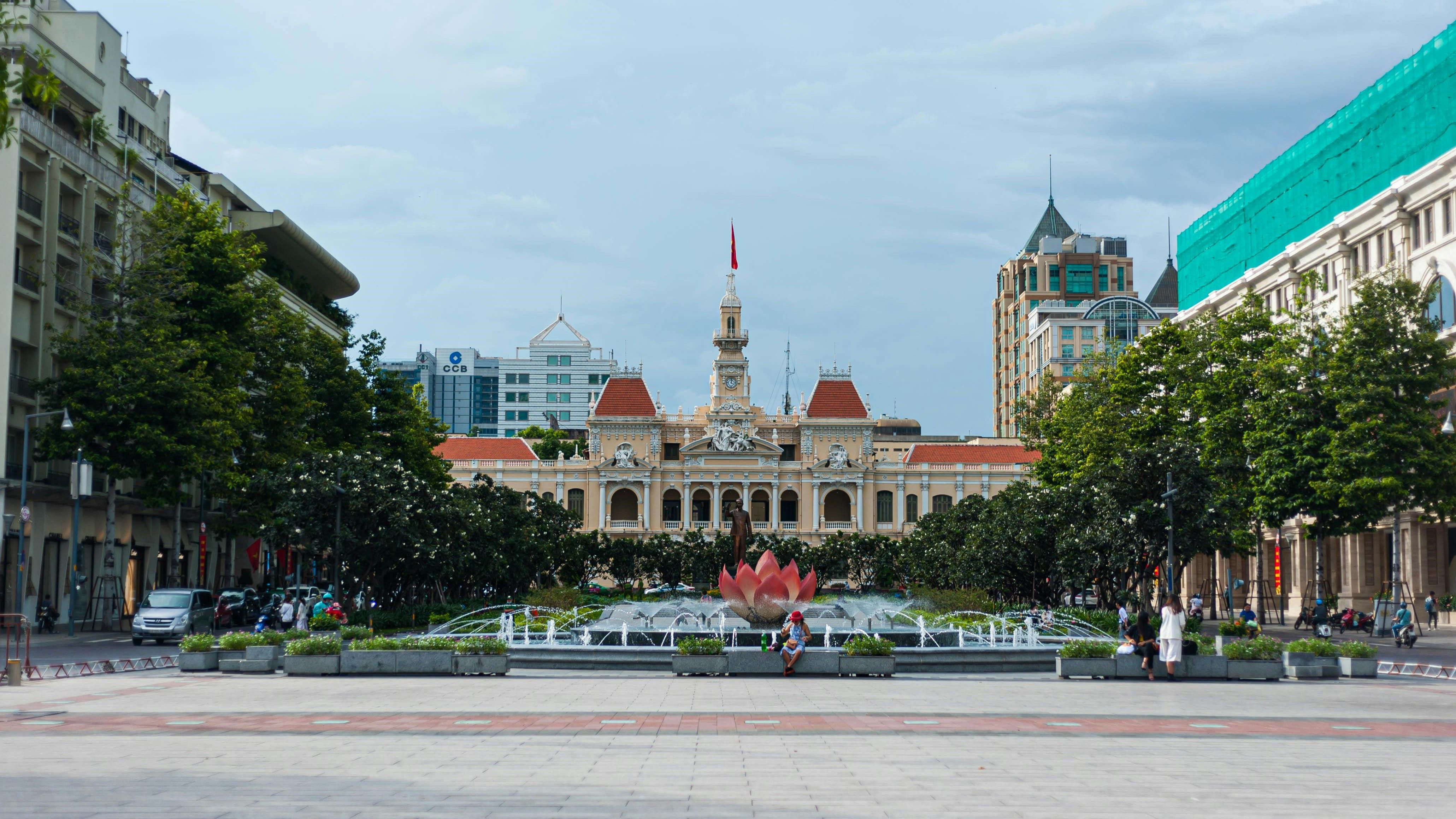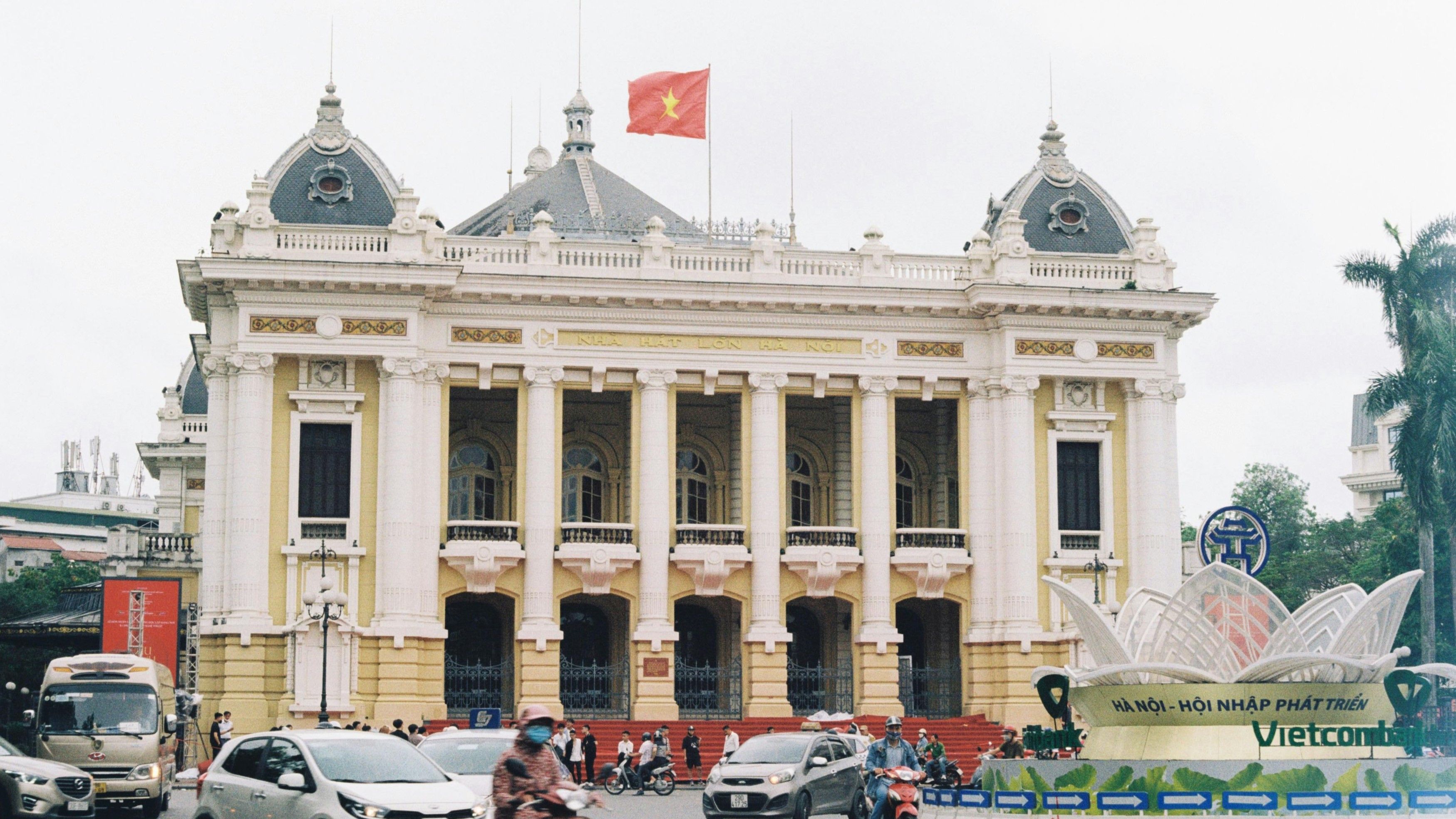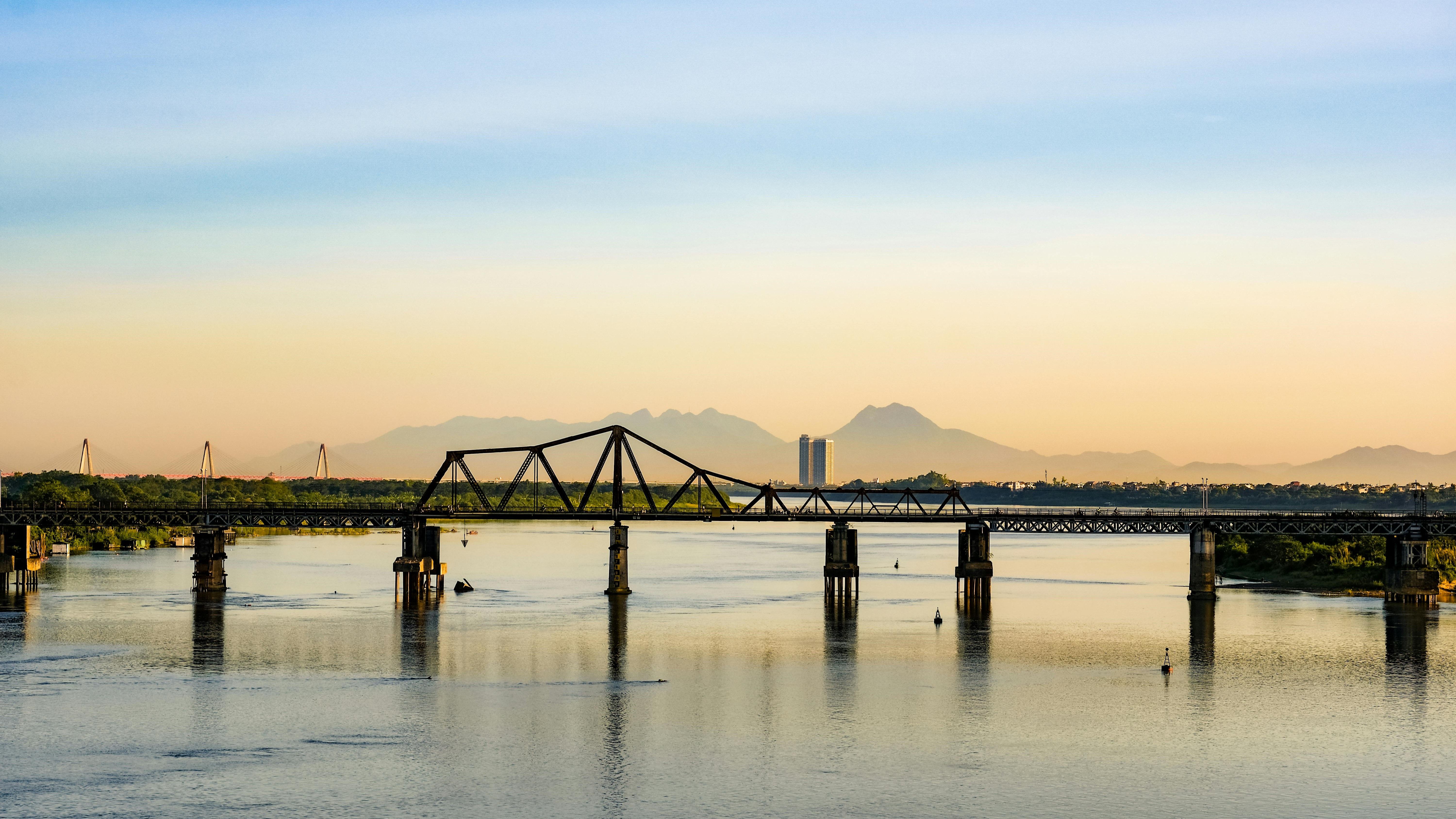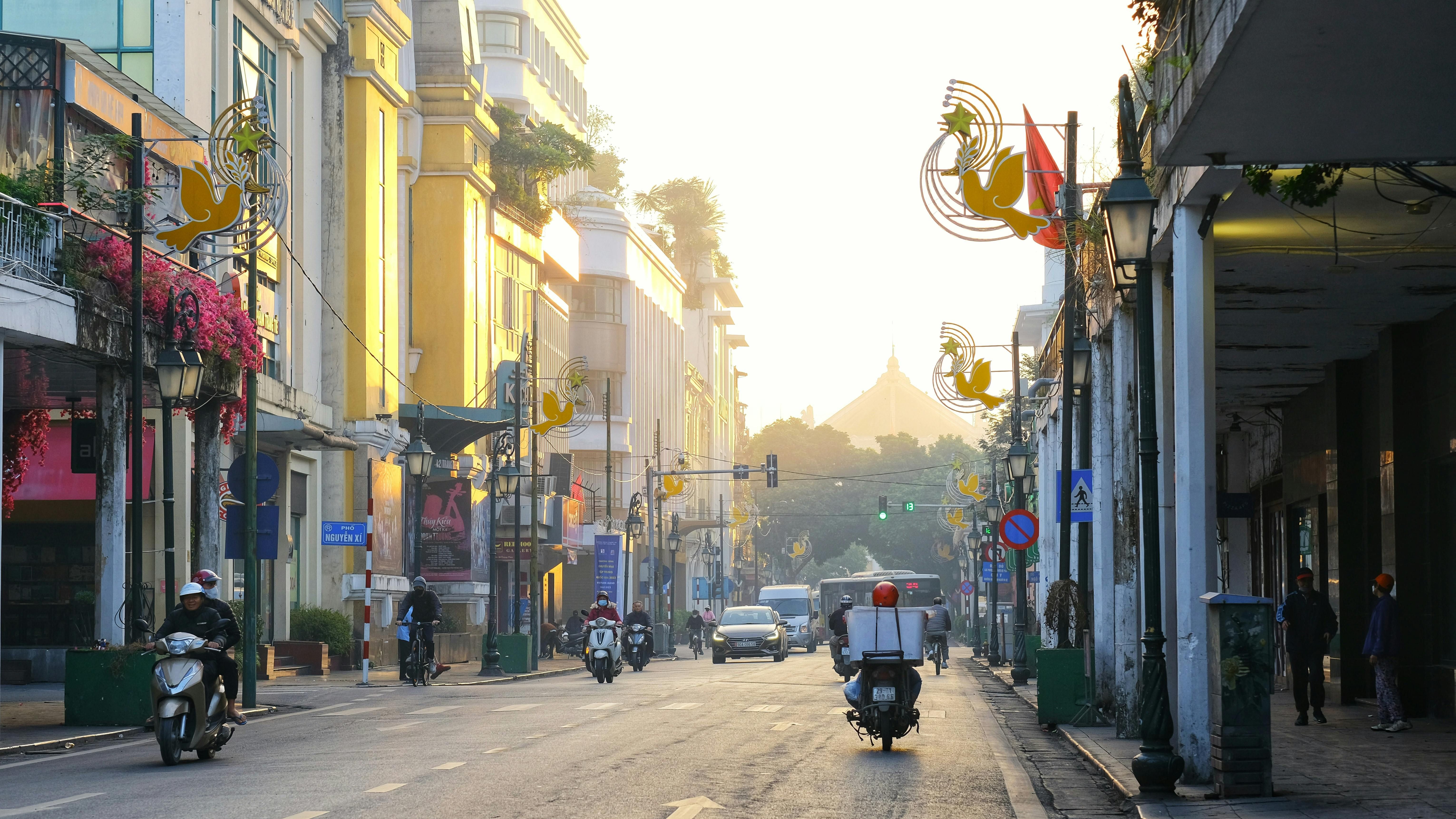
Vietnam’s French Colonial Architecture: A Glimpse into the Past
Vietnam’s rich and diverse history is deeply reflected in its architecture, particularly in the French colonial structures that remain throughout the country. The French influence on Vietnam’s architecture dates back to the mid-19th century when Vietnam was a part of French Indochina. These architectural gems offer a glimpse into a bygone era, blending European elegance with local Vietnamese aesthetics.
The Origins of French Colonial Architecture in Vietnam

French colonial architecture began to emerge in Vietnam after the French colonization in the late 1800s. The French brought their European architectural style, characterized by grandiose buildings, intricate facades, and spacious interiors. However, as these designs were adapted to Vietnam's tropical climate, local materials and Vietnamese motifs were incorporated, creating a unique fusion of French and Vietnamese styles.
These buildings served various purposes, from government offices and educational institutions to residential homes and religious structures. Many of these historical landmarks still stand today, serving as important symbols of Vietnam’s past.
Notable French Colonial Architecture in Vietnam
Hanoi
Hanoi, Vietnam's capital, is home to some of the most prominent examples of French colonial architecture. Strolling through the city’s old quarters, you’ll encounter a collection of well-preserved buildings that exude colonial charm.

Hanoi Opera House: Modeled after the Palais Garnier in Paris, the Hanoi Opera House is a symbol of French influence in the city. Built in 1911, the building’s neo-classical style is adorned with ornate balconies, columns, and domes, making it one of Hanoi’s architectural jewels.
Sofitel Legend Metropole Hotel: This luxury hotel, originally opened in 1901, stands as a testament to Vietnam’s colonial past. It has hosted various dignitaries and remains a grand example of French colonial elegance.

St. Joseph’s Cathedral: Built in 1886, this Gothic Revival-style cathedral is reminiscent of Notre Dame in Paris. It features towering spires and stained-glass windows, standing as one of the oldest churches in Hanoi.
Explore the French architecture in Hanoi while enhancing your experience with a street food walking tour, offering a perfect blend of history and local flavors.
Ho Chi Minh City
Formerly known as Saigon, Ho Chi Minh City boasts some of the most striking French colonial buildings in Vietnam, with wide boulevards and stately structures that reflect its colonial past.

Saigon Central Post Office: This architectural masterpiece was designed by Gustave Eiffel, the same man behind the Eiffel Tower. Completed in 1891, the post office is a perfect blend of French colonial and Renaissance styles, with a stunning vaulted ceiling and beautifully designed windows.
Notre Dame Cathedral Basilica of Saigon: Built between 1877 and 1883, this iconic cathedral in the heart of the city is a symbol of Saigon’s colonial history. Its twin bell towers and red brick façade make it one of the most photographed landmarks in Ho Chi Minh City.

City Hall (Hotel de Ville): Completed in 1908, this ornate French colonial building, now the headquarters of the People’s Committee, is known for its grand clock tower, colonial columns, and decorative sculptures.
Da Lat
Nicknamed "Le Petit Paris," Da Lat was established by the French as a hill station to escape the heat of the lowlands. Its cool climate and scenic landscape made it a favored retreat for French officials, and they left behind a legacy of villas and palatial homes that still stand today.

Da Lat Railway Station: One of the oldest stations in Vietnam, built in the 1930s, its unique Art Deco style, combined with local influences, makes it a notable piece of colonial architecture.
Da Lat Palace Heritage Hotel: Built in the 1920s, this luxury hotel captures the essence of French colonial elegance, with its sweeping gardens, stately rooms, and views of Xuan Huong Lake.
The Blend of Cultures in French Colonial Architecture

What makes French colonial architecture in Vietnam particularly special is the blend of Western and Eastern design elements. While the structures retain the classical French style, they were adapted to suit Vietnam’s tropical climate and local tastes. For instance, buildings often feature long corridors, high ceilings, and large windows to allow for ventilation and reduce the heat. Red-tiled roofs, which are common in traditional Vietnamese architecture, were also incorporated into many colonial structures.
Local artisans added Vietnamese elements such as intricate wood carvings and ceramic decorations, resulting in an architectural style that is both familiar and foreign. This harmonious fusion is what makes these buildings not just remnants of the colonial period, but important symbols of Vietnam’s historical and cultural evolution.
Preserving Vietnam’s Colonial Heritage

In recent years, there has been a growing movement to preserve Vietnam’s colonial architecture. Many of these buildings had fallen into disrepair, but thanks to restoration efforts, key landmarks have been saved. The preservation of these structures is crucial for future generations to understand the complex layers of Vietnam’s history, which includes both local traditions and foreign influences.
When visiting Vietnam, taking a tour to explore these colonial gems is like stepping back in time. Whether you’re wandering through Hanoi’s elegant streets or discovering the grandeur of Ho Chi Minh City’s boulevards, you’ll get a sense of how French colonial rule has shaped the country’s modern identity.
And after your historical exploration, why not continue your journey to Halong Bay, where you can experience the beauty of Vietnam’s natural wonders on a luxury cruise? The stunning limestone islands and emerald waters provide a peaceful contrast to the bustling cities and their colonial past. Consider booking one of our Halong Bay tours to complete your cultural adventure with a touch of serenity and exploration.